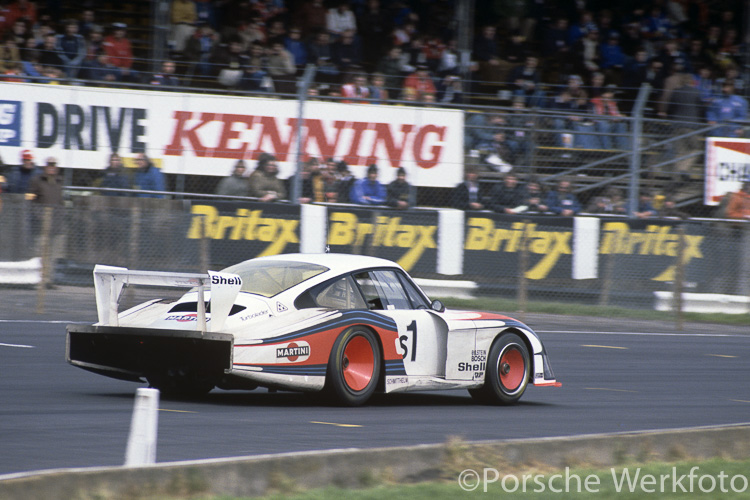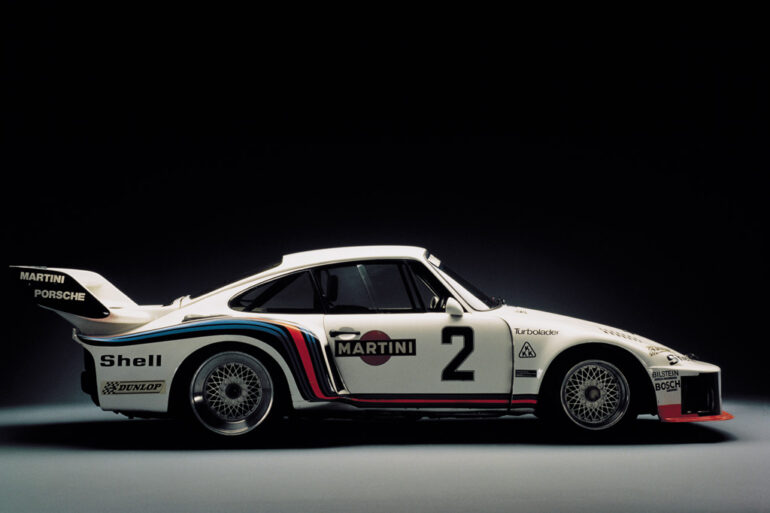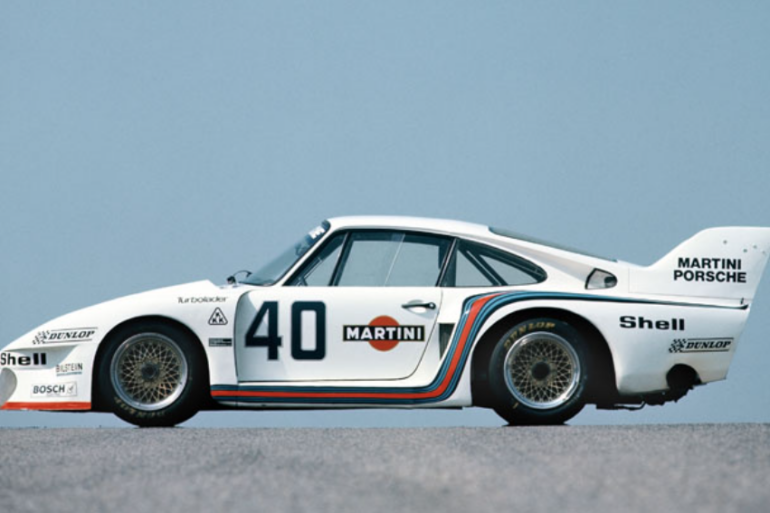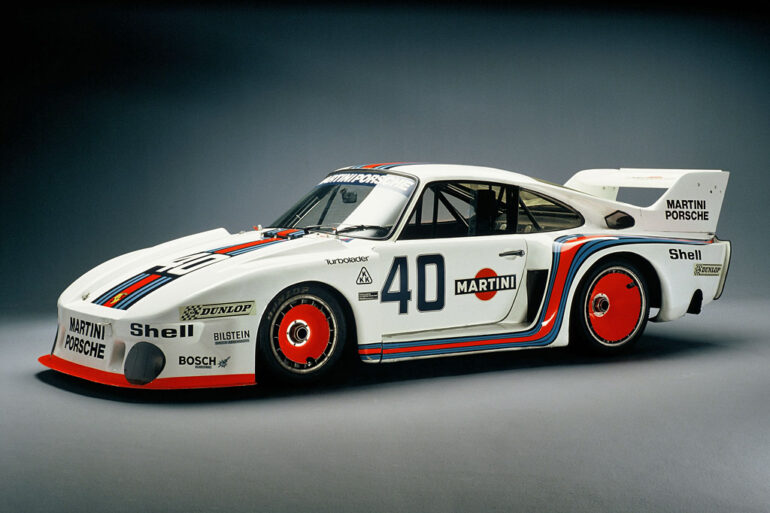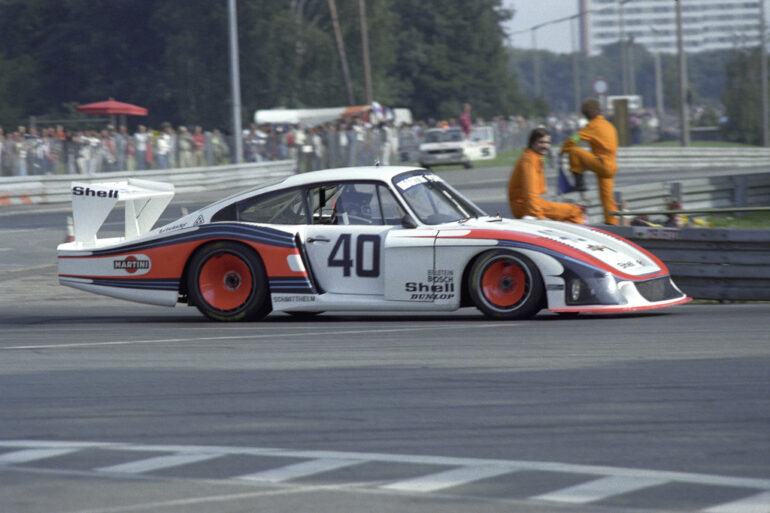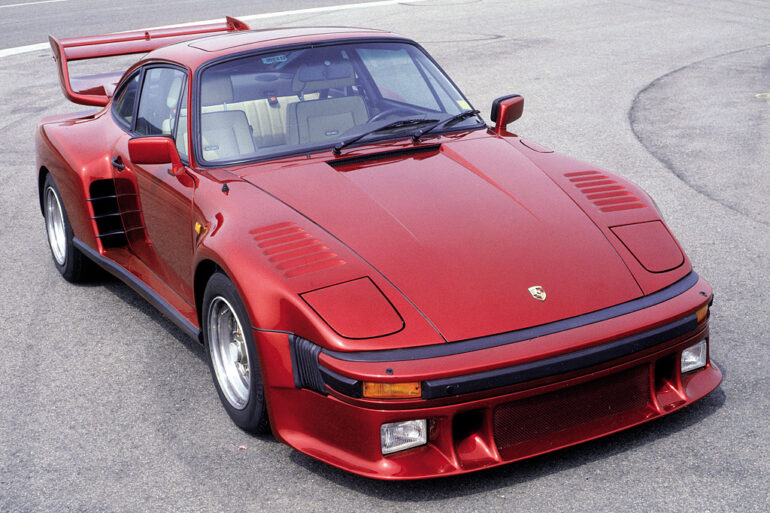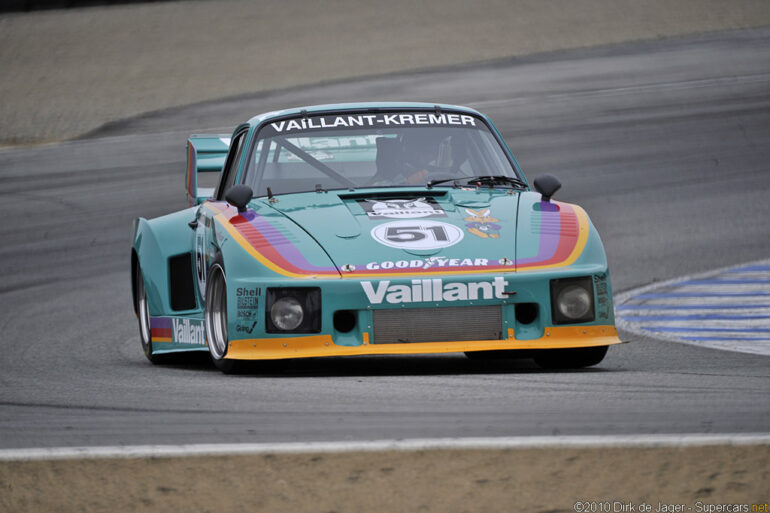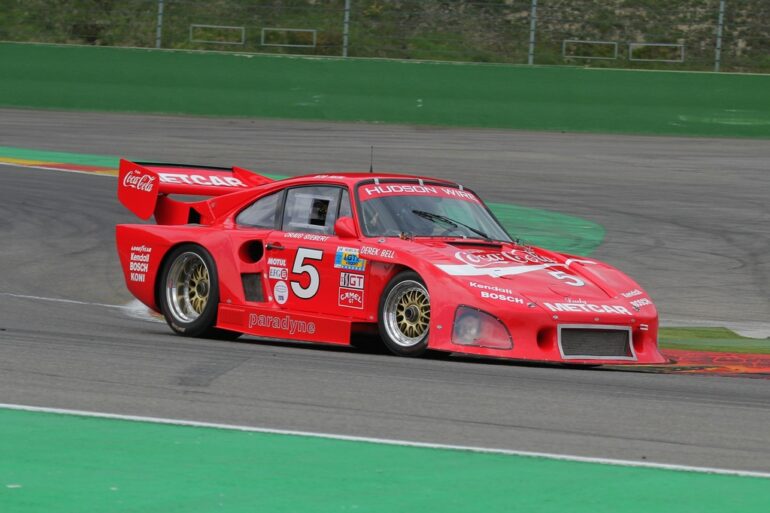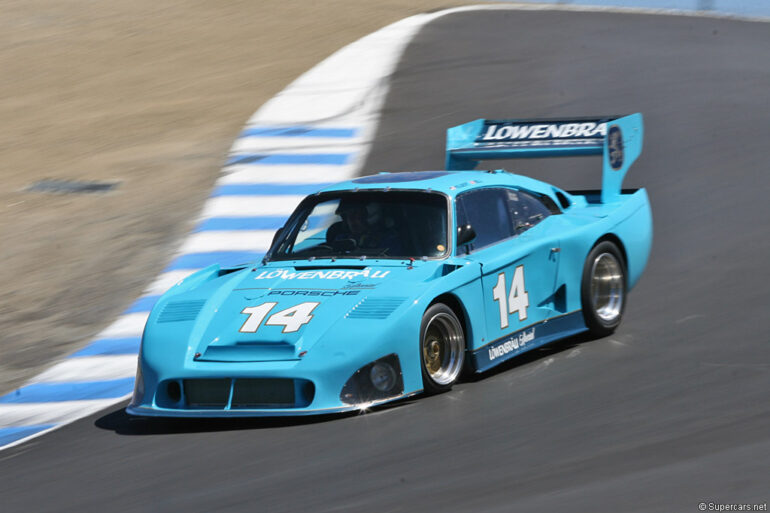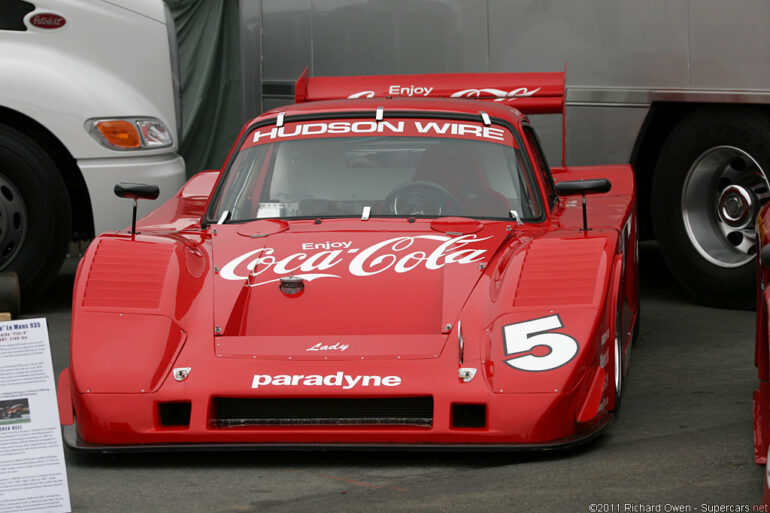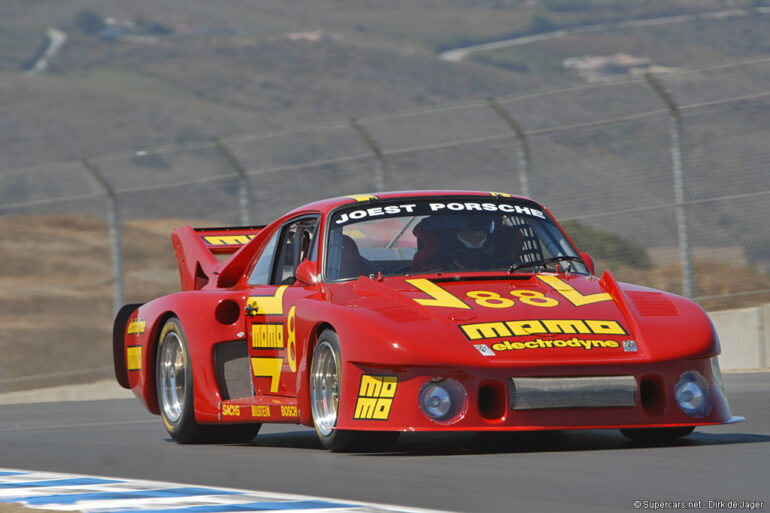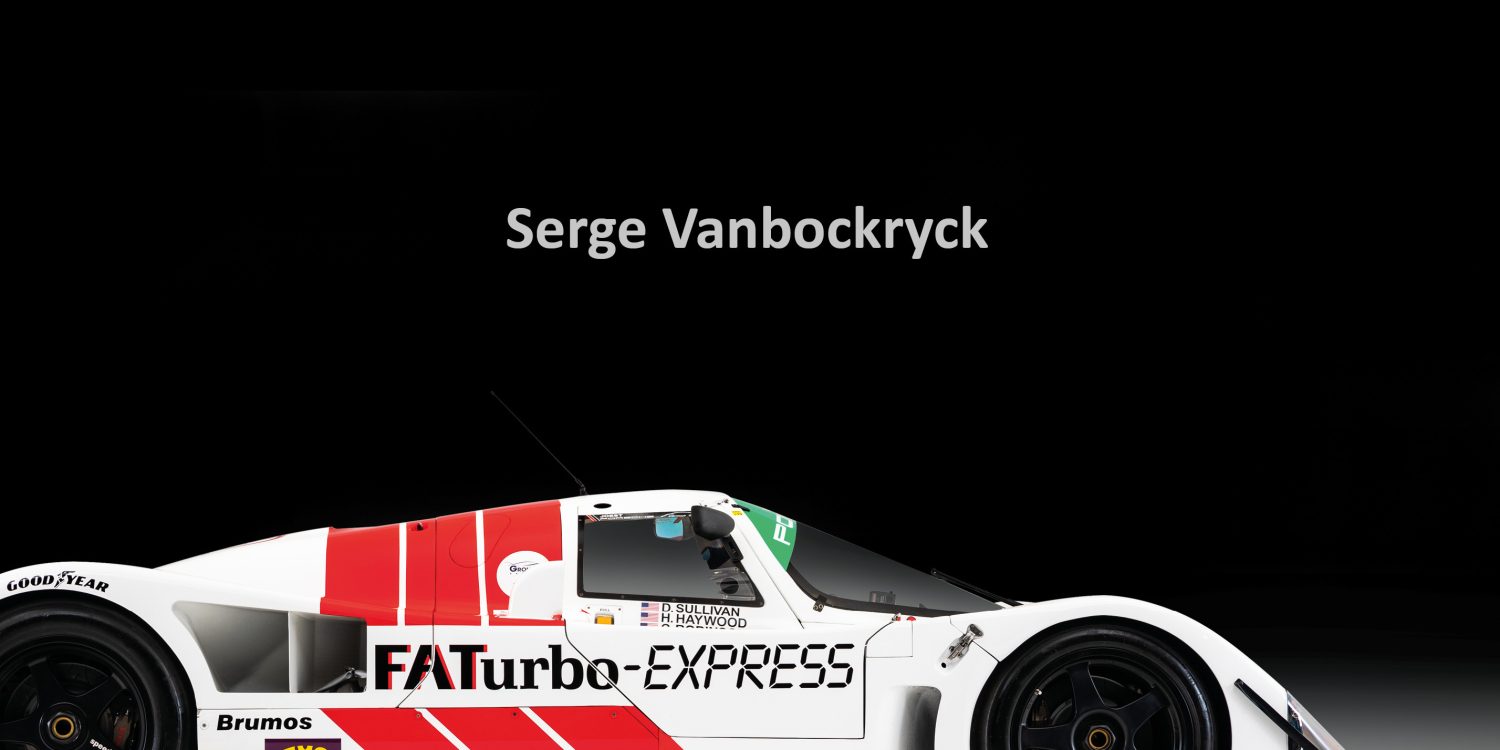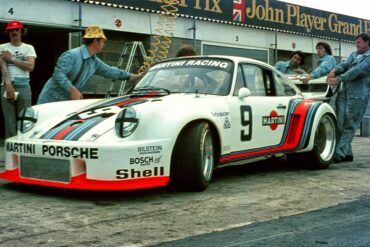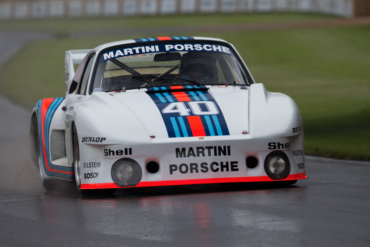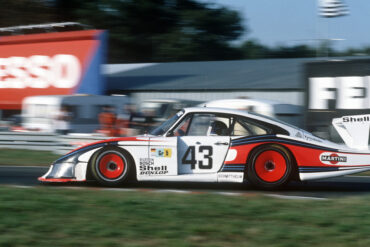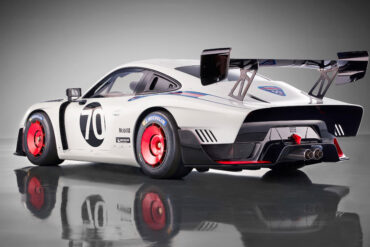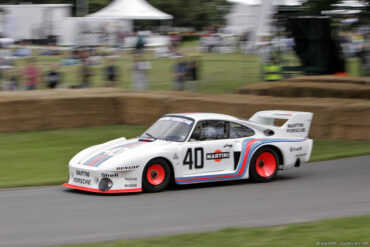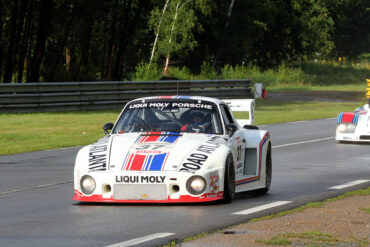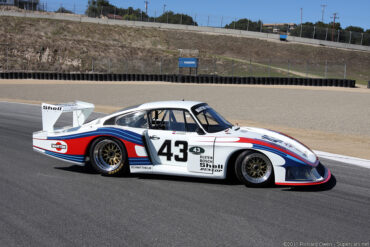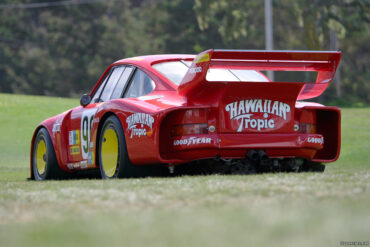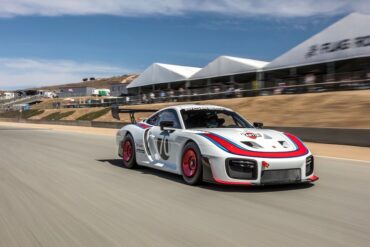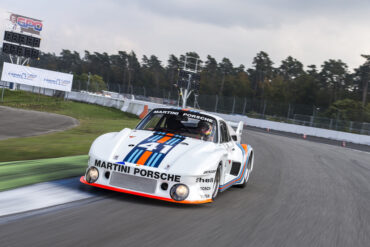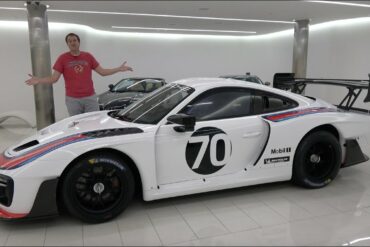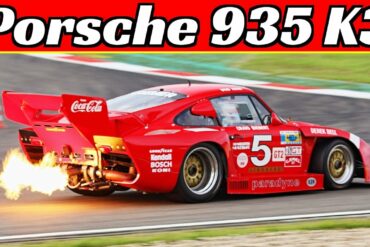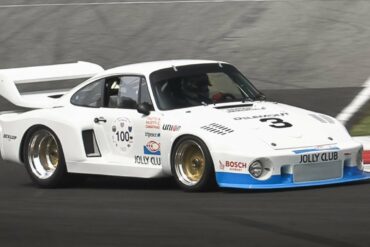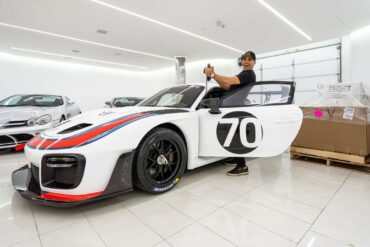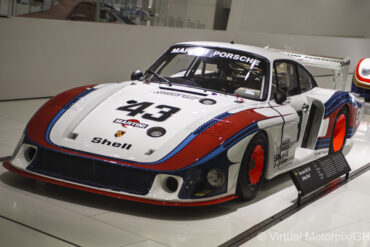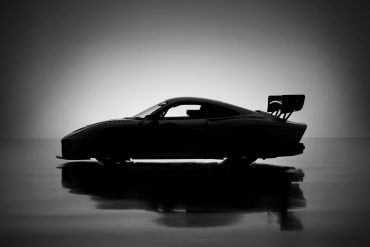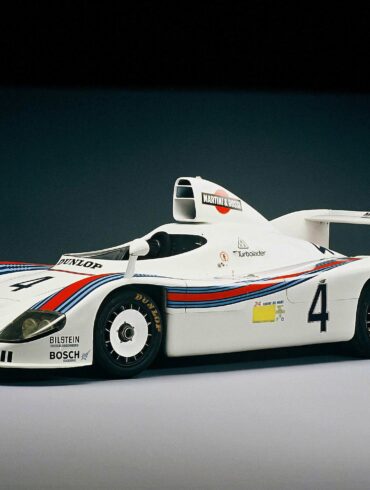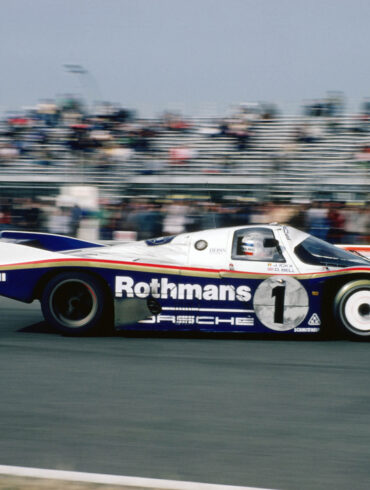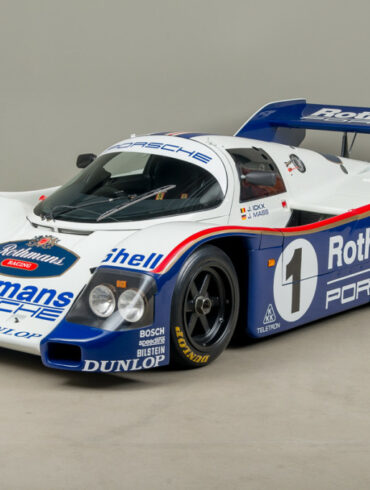Porsche 935
The Ultimate Model Guide
From 1977 into the 1980s, Porsche 935s were the popular choice in Group 5, GTP, and GTX racing both in Europe and North America. Later versions were made by Kremer, Joest, Gaaco and Fabcar left little room for any challenge to Porsche dominance. The culmination of these efforts resulted in a first overall at the 1979 24 Hours of Le Mans.
The 935 was initially offered as version of their 935 for private racing teams that raced alongside the technically superior Martini-sponsored factory cars. These were based of the 1976 the Porsche Carrera RSR 2.1 Turbo which contested the 24 Hours of Le Mans in 1974 provided a basis for the 935. Due to the more relaxed Group 5 regulations, engineer Norbert Singer could drastically alter the outer-bodywork of the standard 930 unitary steel monocoque. This allowed for much larger fender flares and a huge rear wing. Half way through the 1976 season, Porsche relocated the front headlights to the Flachbau or flatnose design. The design retained the 930 Turbo bodyshell which was stiffened by an aluminum roll cage. The attached front and rear sections were made from fiber-glass and 5-inch wheel arches were fitted covering 15-inch tires in the rear. Plexiglass windows and other lightweight construction meant that the car was produced 90 kg underweight which was offset by ballast.
Using the 1.4 equivalency factor given to turbocharged engines, Porsche could assemble a 2.9-liter engine that fit well within the 4-litre restriction. To offset the smaller displacement, a huge KKK turbocharger was fitted which helped the 2808cc flat-6 produce close to 600 bhp. This number varied depending on the boost which ranged from 1.35 and 1.55 bar.The engine used dual-ignition, a 908-style fuel pump, plunger-type fuel injection and spraybar lubrication. Consumption was rated at 4.38 mpg. A knob on the dashboard controlled the boost which could vary the power from a reliable 550 bhp to 650 bhp in sprint mode. Some private teams opted for the larger 2994cc engine which raised power to 630 bhp but they were forced to carry 122 extra lbs of ballast. The suspension and wheels were also drastically upgraded including coil springs, adjustable anti-roll bars, and larger ventilated discs. Naturally, the car was completely stripped and Porsche managed to reduce weight to 900 kg. With ballast the car could then meet the required 970 kg formula.Porsche offered the car again in 1978 with the twin-turbocharged specification and running boards as on the factory team cars. That year IMSA champion was Peter Gregg driving the Brumos Racing 935. The World Championship of Makes was secured by the 935 after winning 7 rounds. The German Nation Championship was also contested by 12 separate 935s of which the Gelo-entered cars were fastest.
Through 1984 the 935 won over 150 races worldwide, including more than 20 class wins. It scored an overall win in the 1979 24 Hours of Le Mans making it one of only 2 cars since 1953 to win at Le Mans overall yet not be in the top prototype class. It also won the 24 Hours of Daytona and the 12 Hours of Sebring six times each. It was also undefeated in the German DRM between 1977 and 1979, posted victories in the IMSA GTX class, and won many races on the famous Nürburgring Nordschleife, including three 1000km Nürburgring. The 935 also took Porsche to victory in the FIA World Championship for Makes each year from 1976 to 1979. In 1980 and 1981, Lancia won the title with their Beta Montecarlo 1.4t, by regularly winning the sub 2.0 L category, and occasionally defeating Porsche in the big category.
In 2019, Porsche announced a "new" Porsche 935, technically a tribute to the original and limited to just 77 examples.
Porsche 935 Basics
Manufacturer: Porsche / Production Years: 1976 - 1978 / Designer: Norbet Singer / Layout: Rear engine, rear-wheel-drive / Engines: 3.0–3.3 L Type 935 twin-turbocharged Flat 6 & 1.4 L Turbo Flat 7 (Baby) / Transmission: 4-speed manual / Premiere: 1976 March 21 Mugello, Italy / Predecessor: Porsche Carrera RSR (1974) / Successor: Porsche 961
Porsche 935 Model Guides
The 935 was a result of an evolution of both the 934 and the Carrera RSR Turbo which started out in 1976 but was much more significant in the 1977 and the 1978 seasons. After fully developing the car for its racing team, Porsche offered the independent racing teams to continue improving the vehicle further (we cover that in the next section). In all, there were several iterations of the Porsche 935.
Porsche 935 Customer/Privateer Cars
Awaiting rule changes taking effect in 1982, Porsche did not officially enter into competition in 1979 or 1980, granting only some limited support to customer efforts with the 935. While we all know about factory racing team 935 models, it is the customer cars that this section covers. Porsche essentially sold customers the 935/76 cars. As Porsche hesitated to sell their Evolution models, some teams developed their own ideas, especially Kremer and Joest. Parallel to the factory in 1976, Kremer built a 935 K1, and in 1977, modified their customer 935 to the K2. For 1979, they introduced the 935 K3 and these cars were super competitive. In fact, driven by Klaus Ludwig, it won the 24 Hours of Le Mans in 1979, beating all prototypes.
Porsche 935 Videos
Experience the Porsche 935 in these engaging and awesome videos. We recommend you turn up the volume to be transported back to the days of insane racing cars.
Porsche 935 News & Updates
Recent auctions, awesome review videos and all the latest news and posts regarding anything to do with the Porsche 935.
Join Our Porsche Community
Sign up for our weekly Porsche newsletter. The latest Porsche news, rumors, reviews and more delivered to your inbox. Cool Porsche stuff perfect for the flat-six obsessed.


